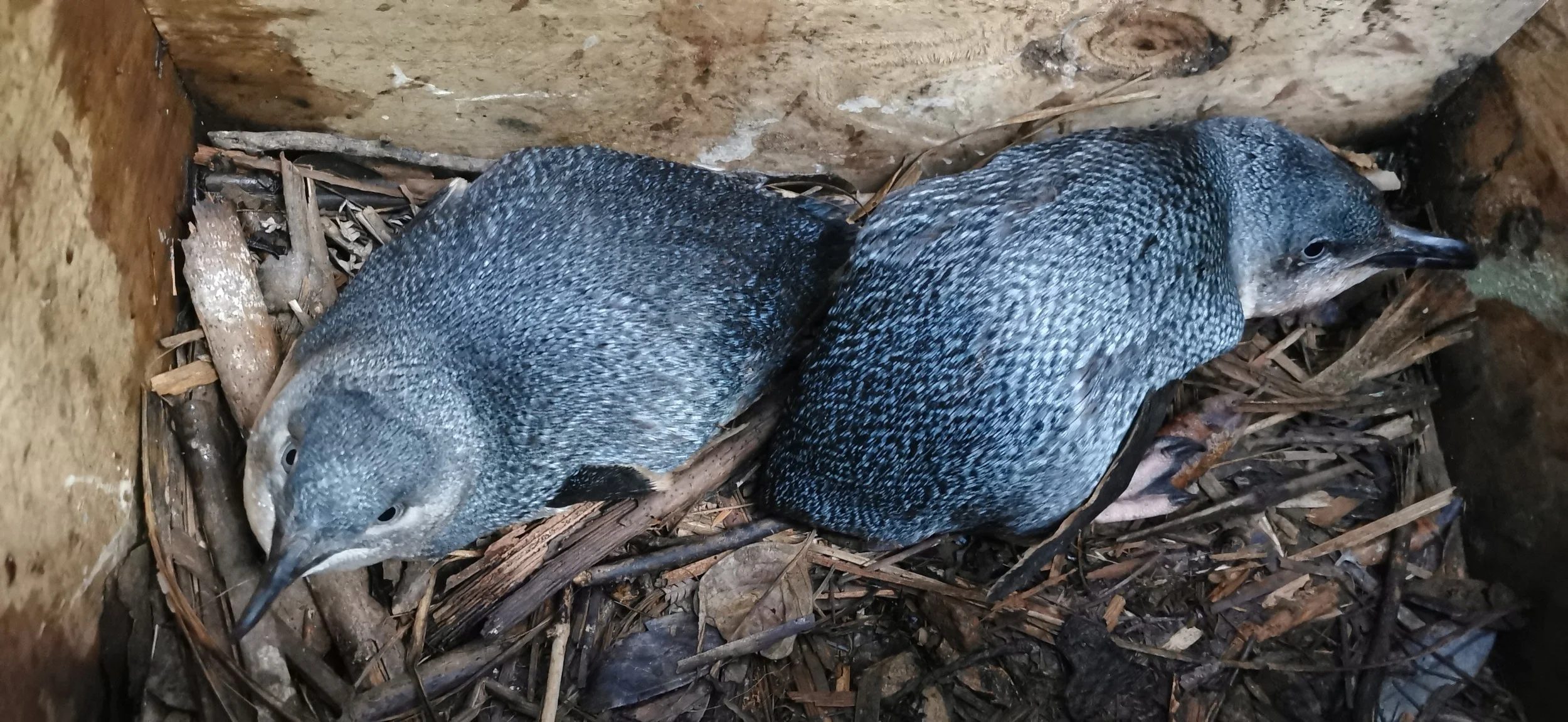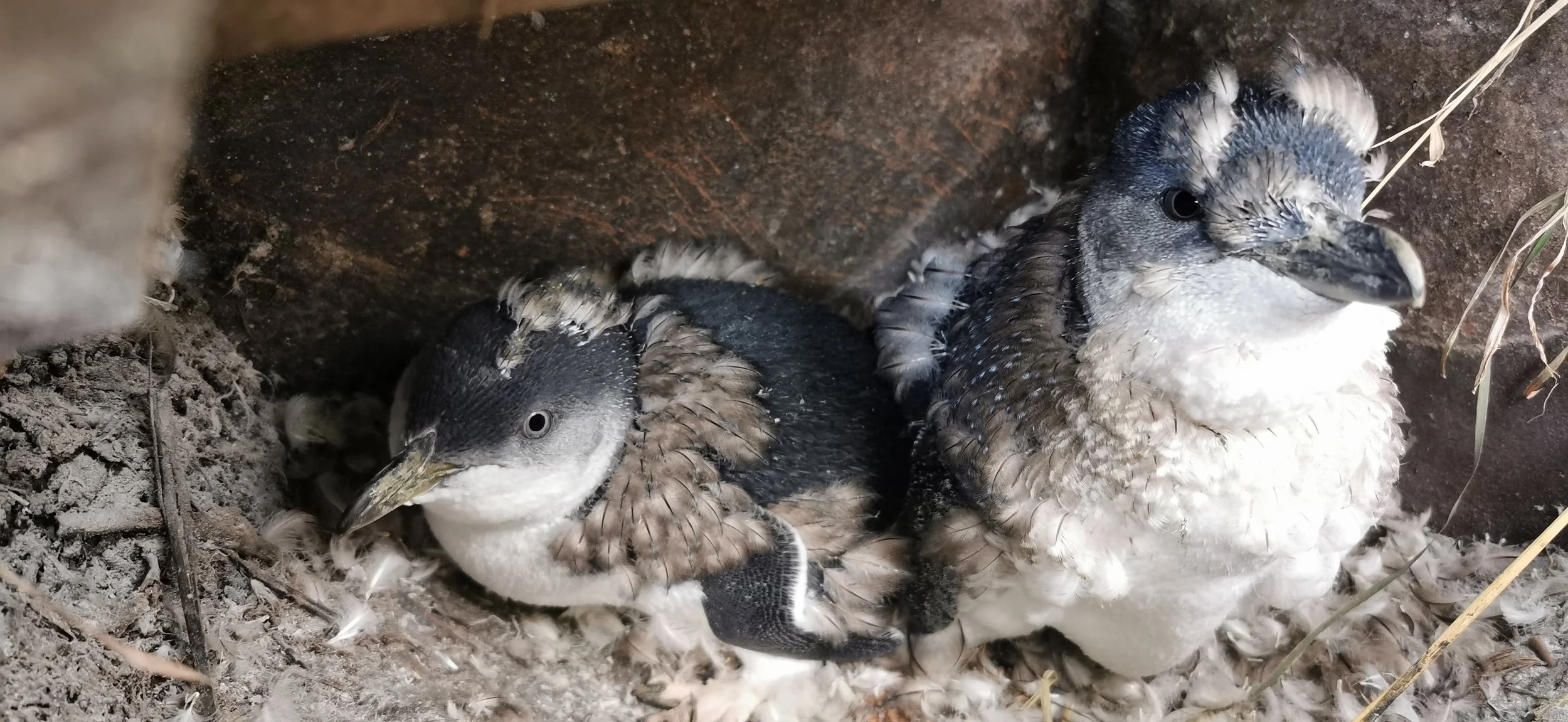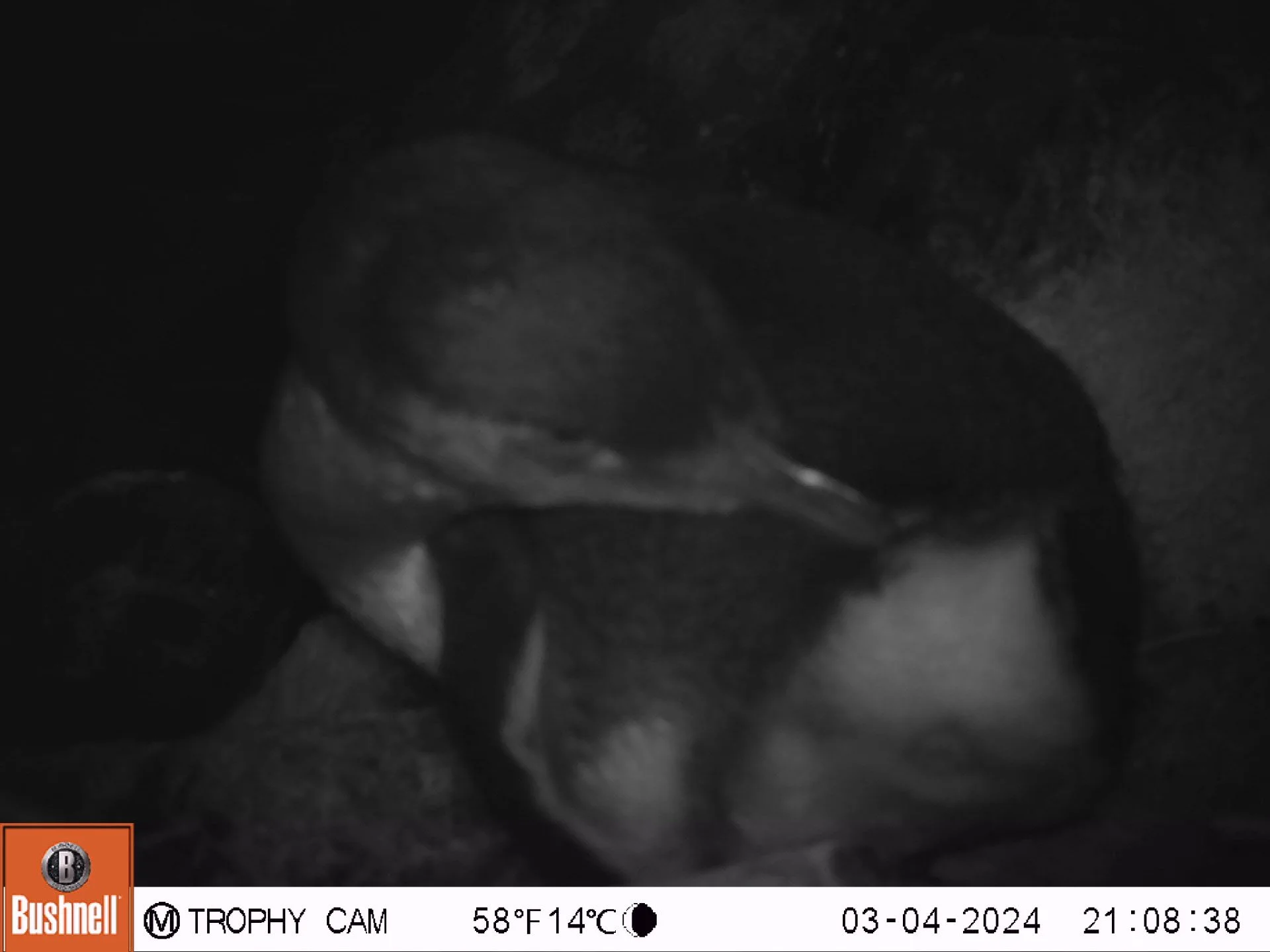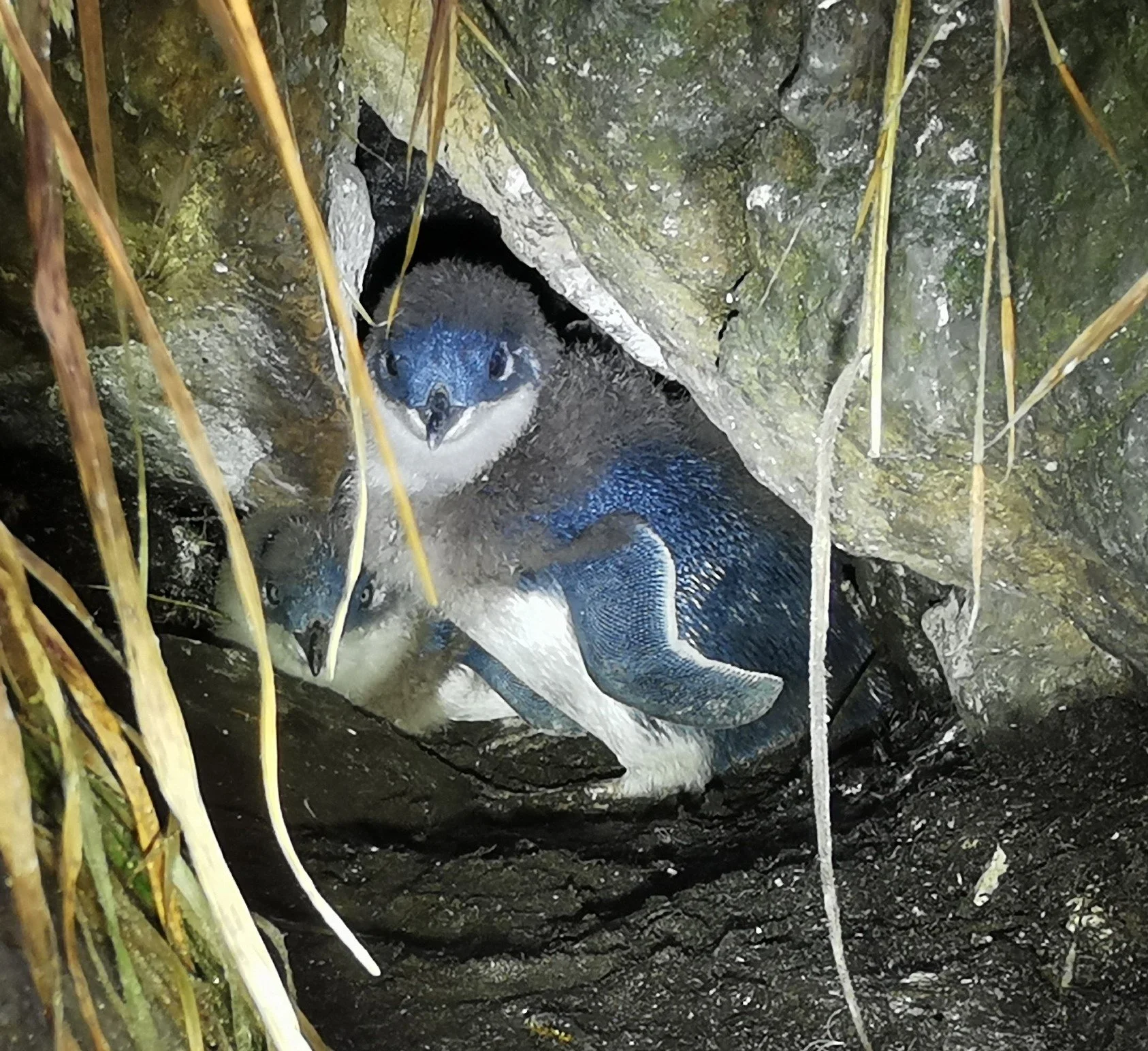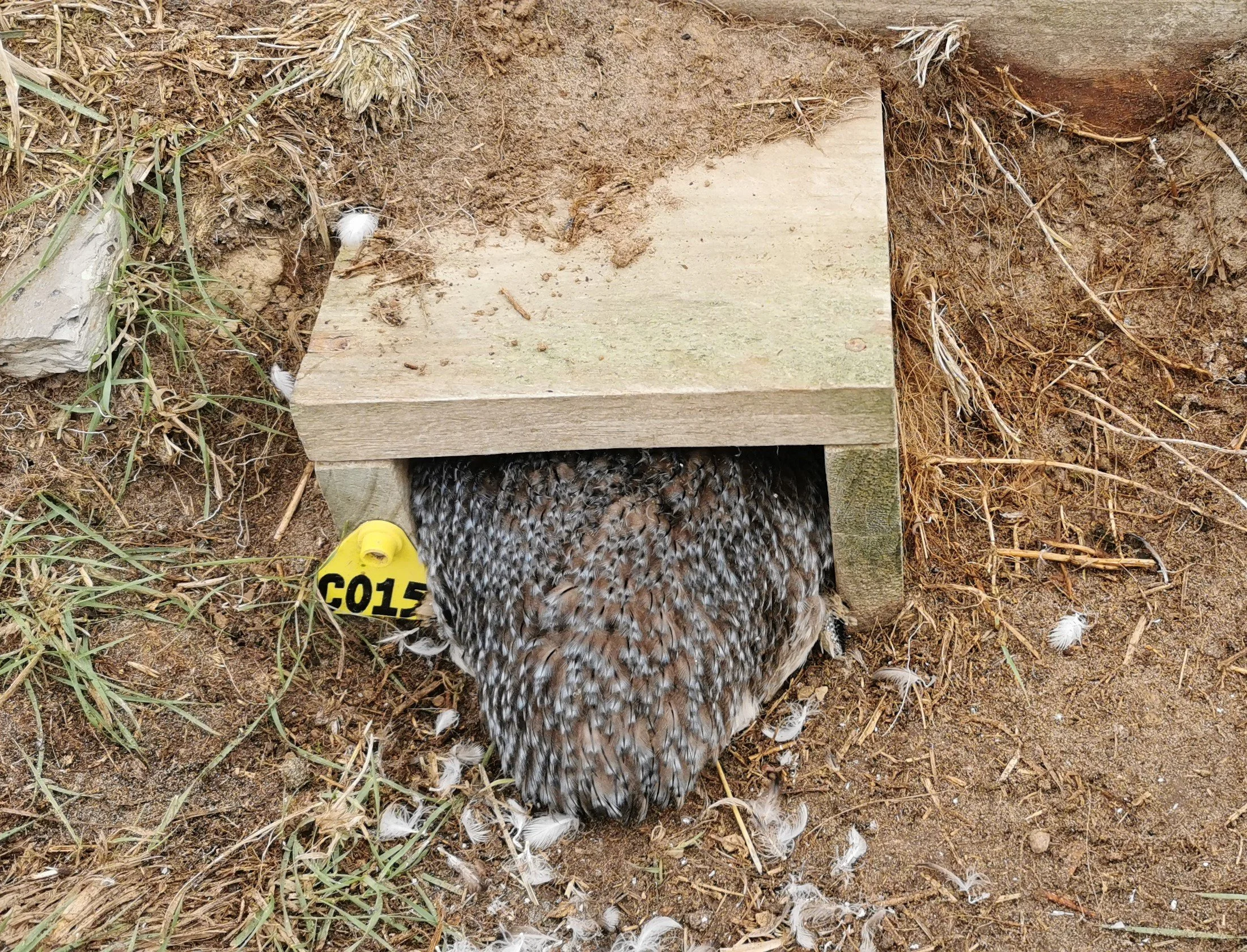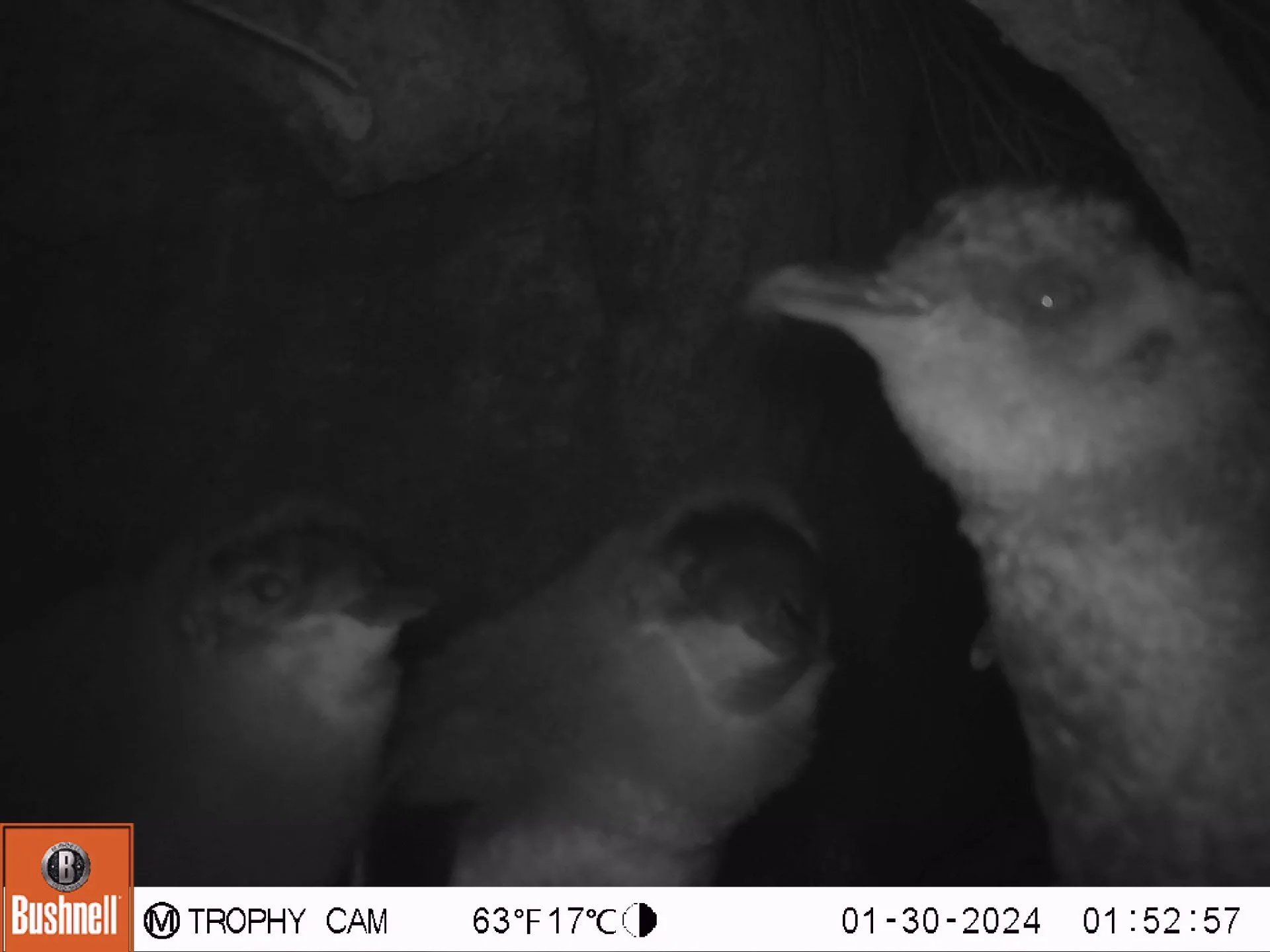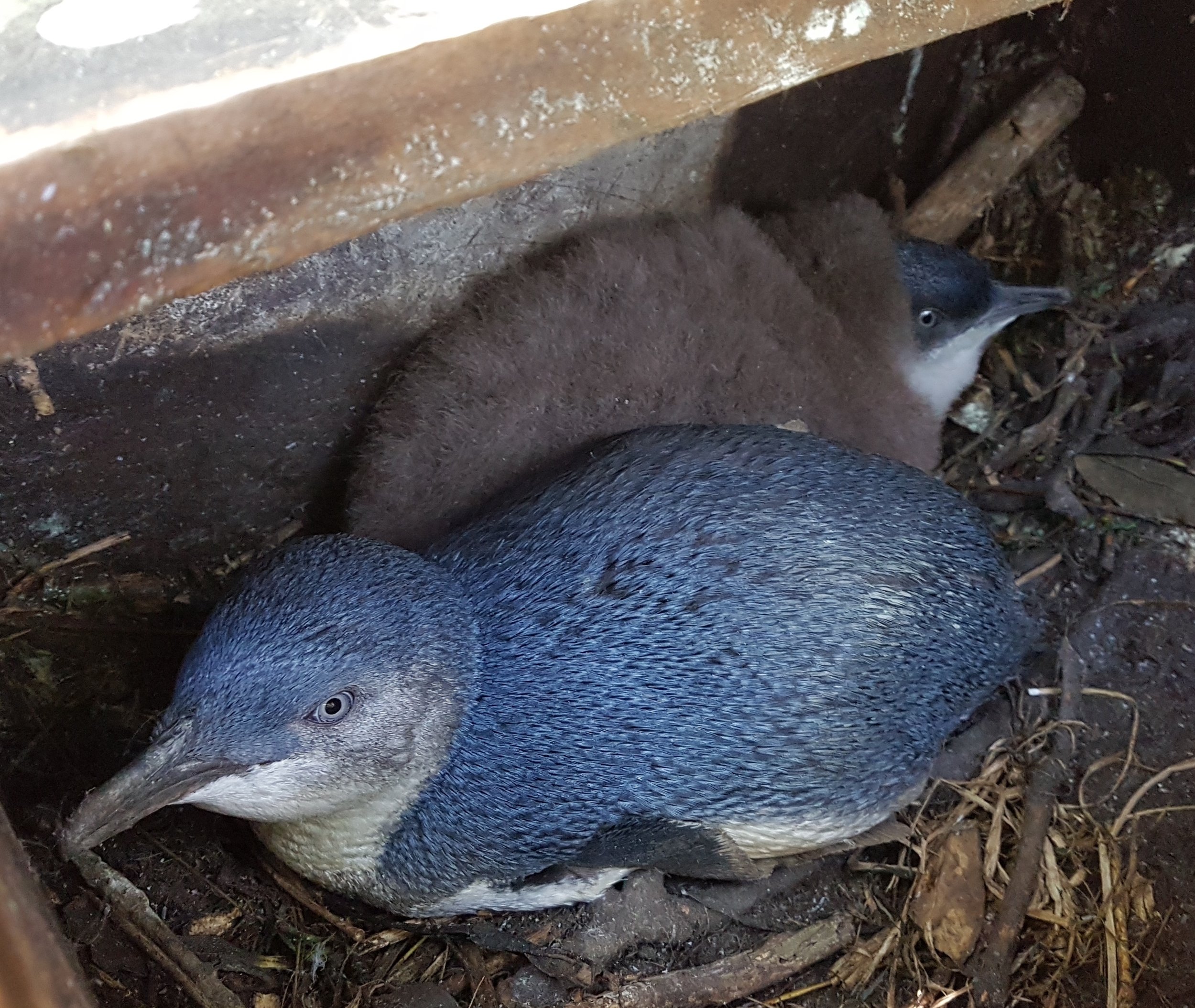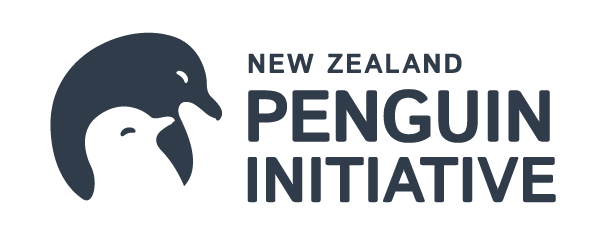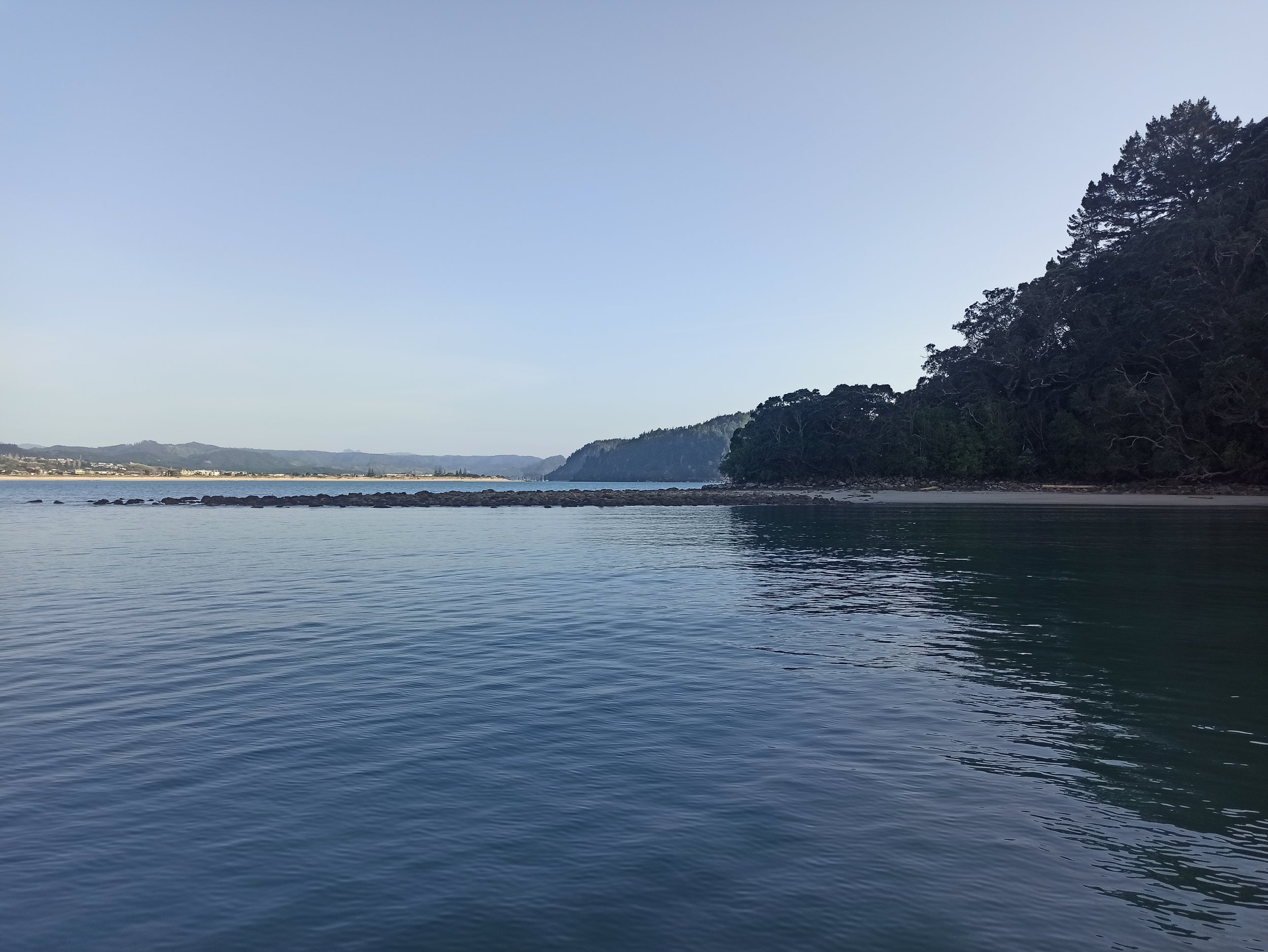
About kororā / little penguin
Kororā / little penguin
Kororā/little penguins are the world’s smallest penguin species, characterised by their iridescent blue feathers and white underside. Other common names they are recognised by include: little blue penguins, blue penguins, white-flippered penguins and in Australia they are known as fairy penguins.
They live and breed all around the New Zealand mainland, offshore islands, Chatham Islands and South Australia. They occupy a variety of coastal environments including; rocky shores, dunes, estuaries, harbours, coastal vegetation and pasture. They can often be found nesting, moulting and loafing in artificial structures such as drainpipes, concrete slabs, upturned boats/kayaks and underneath sheds, houses and baches on private property.
Kororā are a taonga species in te ao Māori, and a key indicator of the health of our coastal ecosystems (see more below).
Mātauranga Māori
He kororā, he tohu ōranga — the little penguin is the sign of life
The Māori worldview considers everything living and non-living to be interconnected. Tangata whenua (people of the land) are kaitiaki (guardians) who exercise kaitiakitanga (guardianship and protection) that is a way of managing the environment, based on Mātauranga Māori (knowledge and understanding).
Kororā are a taonga species (treasure) that should be safeguarded for the future. ‘He kororā, he tohu ōranga, the little penguin is the sign of life’ is a Whakataukī (Māori proverb), which means the health of the kororā population is an indicator of the health of the coastal and marine environments, which is also supported by science.
Consultation with iwi is undertaken for any conservation efforts of kororā and is a requirement by law. This enables involvement of tangata whenua, incorporating kaitiakitanga and cultural values into conservation projects.
General facts
The size of colonies can range from a few pairs to 1000’s of individuals.
Kororā can be found on land all year round, with extended periods spent in their burrows/nest boxes during egg-laying, incubation, chick rearing and moulting.
They are not easily seen because they come ashore after dusk and return to sea before dawn.
They can travel long distances on land and climb steep terrain to return to their burrows.
Kororā are faithful to their nesting sites and pathways and pairs often occupy the same burrow/box for many years travelling the same route to get home and back out to sea.
Breeding
Pairs can be monogamous within a season or for multiple seasons, although divorce is not uncommon with an average annual divorce rate of 18%.
Mating can occur anytime throughout the year, but eggs are laid usually between May and late December.
Females lay two eggs that are then incubated for five weeks with both parents sharing incubation duties. The chicks are fed at the nest for 7-8 weeks. One parent usually stays with them for the first 2-3 weeks and then the chicks are left home alone with both parents foraging each day to provision the chicks.
If the first clutch fails, the female sometimes lays a replacement clutch.
If food is plentiful, kororā in Otago (and Australia) regularly lay a second clutch after fledging chicks (double-brooding). This has now also been recorded in Kaikoura and Wellington and may be occurring further north as well. Triple-brooding can also happen albeit very rarely and only in exceptionally good food years. This makes kororā the most productive seabird in the world.
Juveniles will often return to their natal sites and start breeding around 2-3 years of age.
Migration to other sites can occur with some records of individuals that have been found long distances away from their natal colony.
Foraging
Kororā can swim at speeds up to 6-8 km/hr and have been recorded to dive to a depth of 70m although usually they forage within 10-30m of the surface.
While they can travel large distances to forage (especially when they are not breeding), they stay close to the breeding colony, 10-20km offshore, when they are raising chicks.
Their diet consists of a variety of small fish species, squid and crustaceans and is influenced by food availability within the local environment. Some kororā feed primarily on 1-2 prey species, whilst others’ diet is more varied. Seasonal changes also occur, along with climatic fluctuations that may influence prey available.
Marine predators include New Zealand sealions, New Zealand fur seals, sharks, orca and the occasionally visiting leopard seals.
Moulting
The annual catastrophic moult occurs between November and April, when all feathers are replaced over 2-3 weeks.
It is the most vulnerable period for kororā as they must remain on land because they are not waterproof and can’t go to sea.
During the moult, kororā have to stay ashore and fast while the new feathers grow. To prepare for the moult, they put on extra weight. The normal weight for kororā is around 1kg, but when they start the moult, they can weigh as much as 1.7kg. By the end of the moult, they typically have lost half of that initial weight and return to sea with their brand-new feathers.
If a kororā has not gained enough weight to make it through the 2-3 weeks fasting during the moult, they can’t “top up” with a quick trip to sea because they are not waterproof. Unfortunately, this can happen, and the penguin will not survive.
Kororā / little penguin resources
-

Habitat and monitoring
Standardised monitoring protocols and nest box designs for Kororā/Little penguins in Aotearoa/New Zealand.
-

Education
Educational resources about kororā/little penguins in Aotearoa New Zealand.
-

Husbandry resources
Husbandry resources for kororā/little penguin in Aotearoa New Zealand.
Gallery


